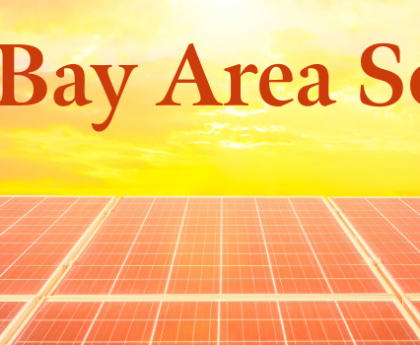A total solar eclipse will cross part of the U.S. on Monday morning and while people in the Bay Area will not be able to see the sun fully blocked by the moon, multiple local science and space centers are holding events to celebrate the rare occurrence.
The Exploratorium in San Francisco, the Chabot Space and Science Center in Oakland and the Lawrence Hall of Science in Berkeley are among the places celebrating the total eclipse, which will take a northeast path across the country from Texas to Maine.
The moon is expected to cover about a third of the sun in the Bay Area during the eclipse, which is expected to start at about 10:15 a.m. Pacific time and last for approximately two hours. It should be good sky watching weather in the region, according to the National Weather Service, which is forecasting mostly sunny weather Monday morning.
NASA officials emphasize safety for people looking upward during the eclipse. For those who don’t have “eclipse glasses” that allow for safe viewing of the solar event, they can use indirect methods of following the eclipse like using a pinhole projector.

Among the Bay Area events, the Exploratorium starting at 10 a.m. will hold a viewing party that will include images from the “path of totality” where the total eclipse will take place.
The Chabot event, which includes a view of the eclipse from the center’s observation deck, is sold out while the Lawrence Hall of Science event will include expert explanations of eclipses and other activities.
The last total solar eclipse visible in the U.S. occurred in 2017. According to NASA, the next total solar eclipse won’t be seen from the country until 2044.
This post was originally published on 3rd party site mentioned on the title of this site



